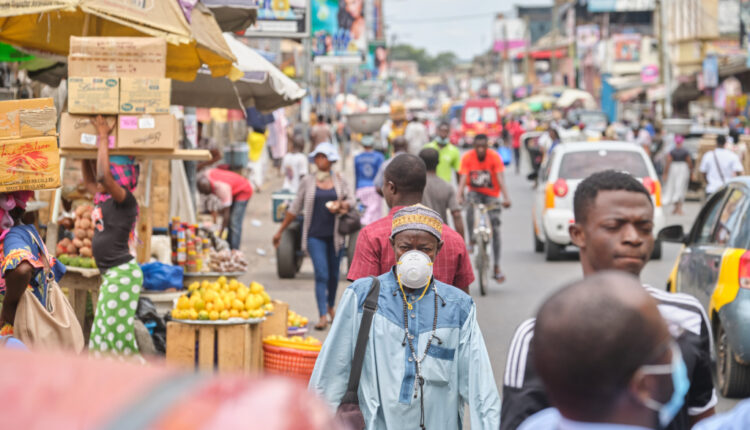See The Top 10 Largest Economies In Africa Per GDP In 2023
Africa’s top 10 economies have the power to determine Africa’s financial course as per their Gross Domestic Product(GDP) data.
Economic characteristics of these economies include low unemployment, steady growth of inflation, increases in new home construction, optimism in the consumer confidence index, and an increasing gross domestic product (GDP).
Their impact spreads throughout the continent, luring investors and driving regional growth.
Currency performance is an important indicator of a country’s economic stability and prosperity.
Africa is home to a vast array of currencies, ranging from the widely recognized South African Rand to the lesser-known currencies of smaller nations. The diversity in currencies often reflects the economic diversity across the continent.
Amidst the ever-changing economic landscape of Africa, a select group of nations rises above the rest. They hold the key to shaping Africa’s economic destiny.
Their influence reverberates across the region, attracting investments and spearheading regional development.
While countries like South Africa, and Morocco boast relatively stable currencies due to their larger and more sustainable economies, some other nations both big and small may struggle with currency volatility, as a result of fiscal and monetary policies, and also socio-economic and political complications.
Below are the performances of Africa’s top economies in 2023 so far.
1. Nigeria – $477 Billion: Nigeria’s GDP of $477 billion crowns it as the largest economy in Africa. The nation’s rapid growth in the financial sector and its leadership in petroleum exports fuel its economic might. Lagos, a burgeoning tech hub and the second-largest metropolitan area in Africa, further amplifies Nigeria’s regional influence.
2. Egypt – $477 Billion: With a GDP of $477 billion, Egypt shares the top spot with Nigeria. Its economy boasts diverse industries, from tourism and agriculture to textiles and petroleum. Egypt’s strategic location at the crossroads of Africa and the Middle East enhances its significance on the continent.
3. South Africa – $406 Billion: As a financial hub and industrial leader, South Africa commands a GDP of $406 billion. Its wealth of mineral resources and well-established industries attract global investments and drive economic growth in the region.
4. Algeria – $192 Billion: With abundant oil and natural gas reserves, Algeria’s petrochemical industry contributes to its $192 billion GDP. This positions Algeria as a major economic force in North Africa.
5. Morocco – $134 Billion: Boasting a $134 billion GDP, Morocco shines as a rising star in North Africa. Its vibrant tourism and agriculture sectors, coupled with investments in renewable energy and industrialisation, bolster its economic standing.
6. Ethiopia – $127 Billion: Ethiopia’s $127 billion GDP is fueled by a flourishing agricultural and manufacturing sector. As one of the fastest-growing economies, Ethiopia attracts foreign investments and nurtures a burgeoning middle class.
7. Kenya – $113 Billion: With a GDP of $113 billion, Kenya’s innovative tech sector and business-friendly environment contribute to its economic success. Nairobi, a vibrant tech and business hub, hosts the African offices of global giants, amplifying Kenya’s regional influence.
8. Angola – $107 Billion: Angola’s focus on oil production and diamond mining supports its $107 billion GDP, establishing it as a significant player in Southern Africa. Efforts to diversify its economy are fostering growth and development.
9. Tanzania – $75.71 Billion: Tanzania’s $75.71 billion GDP is propelled by thriving tourism, agriculture, and mining industries. Strategic ports and potential in natural gas contribute to Tanzania’s expanding influence in East Africa.
10. Ghana – $72.84 Billion: With a $72.84 billion GDP, Ghana’s stable political climate and flourishing industries, including cocoa production, mining, and oil exploration, garner global attention and contribute to the nation’s economic strength.
Source of Figures -Trading Economics



